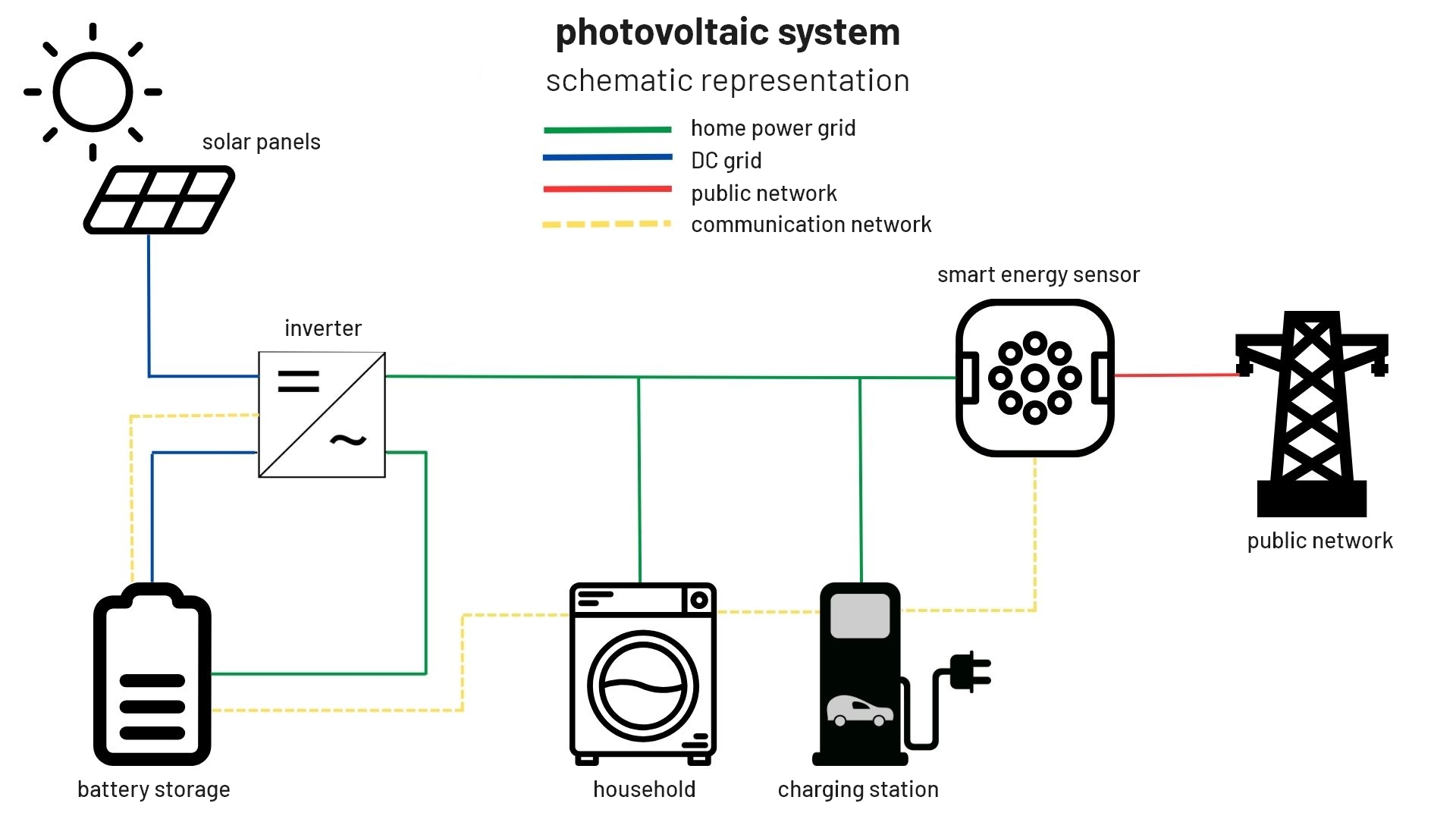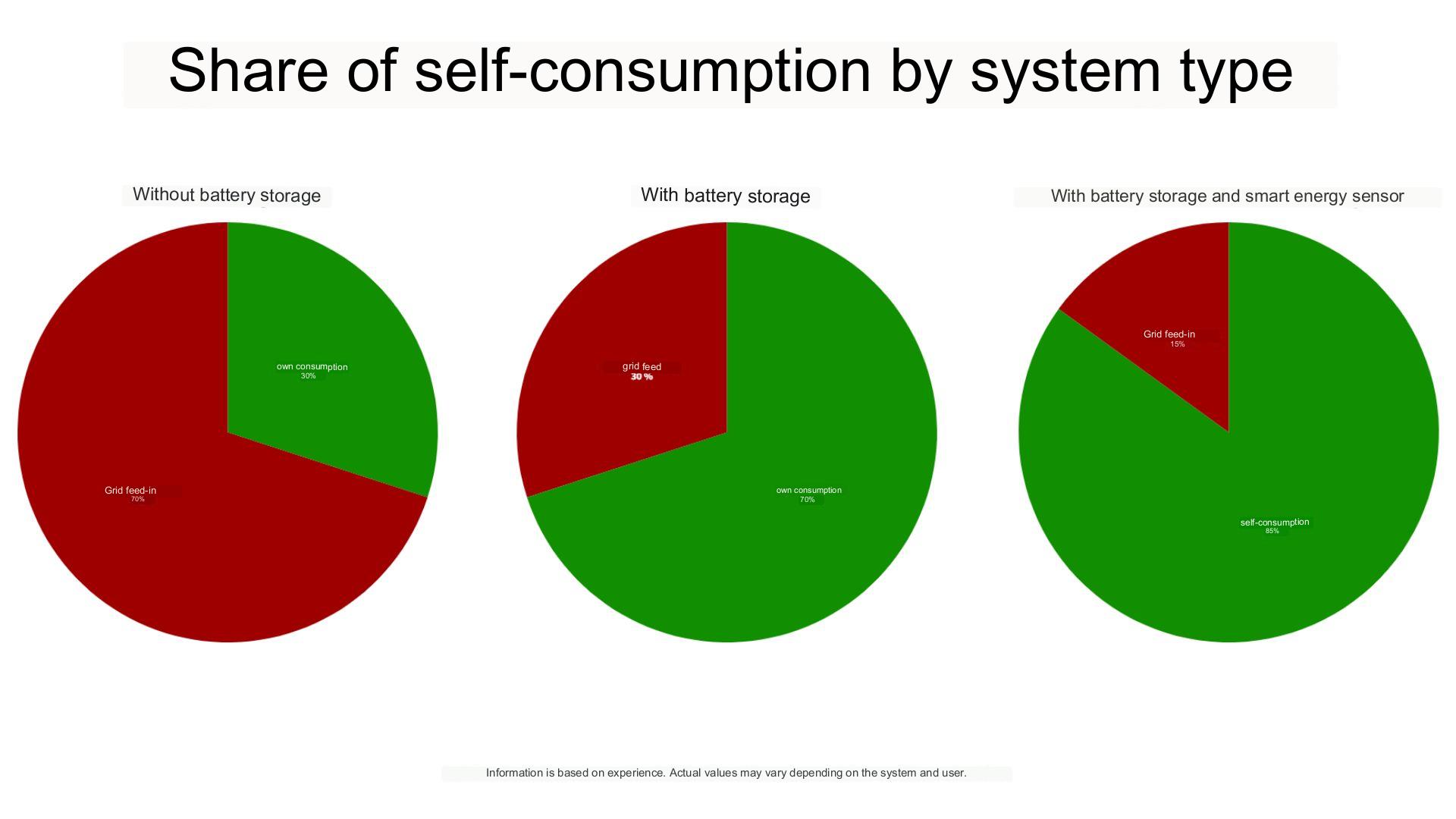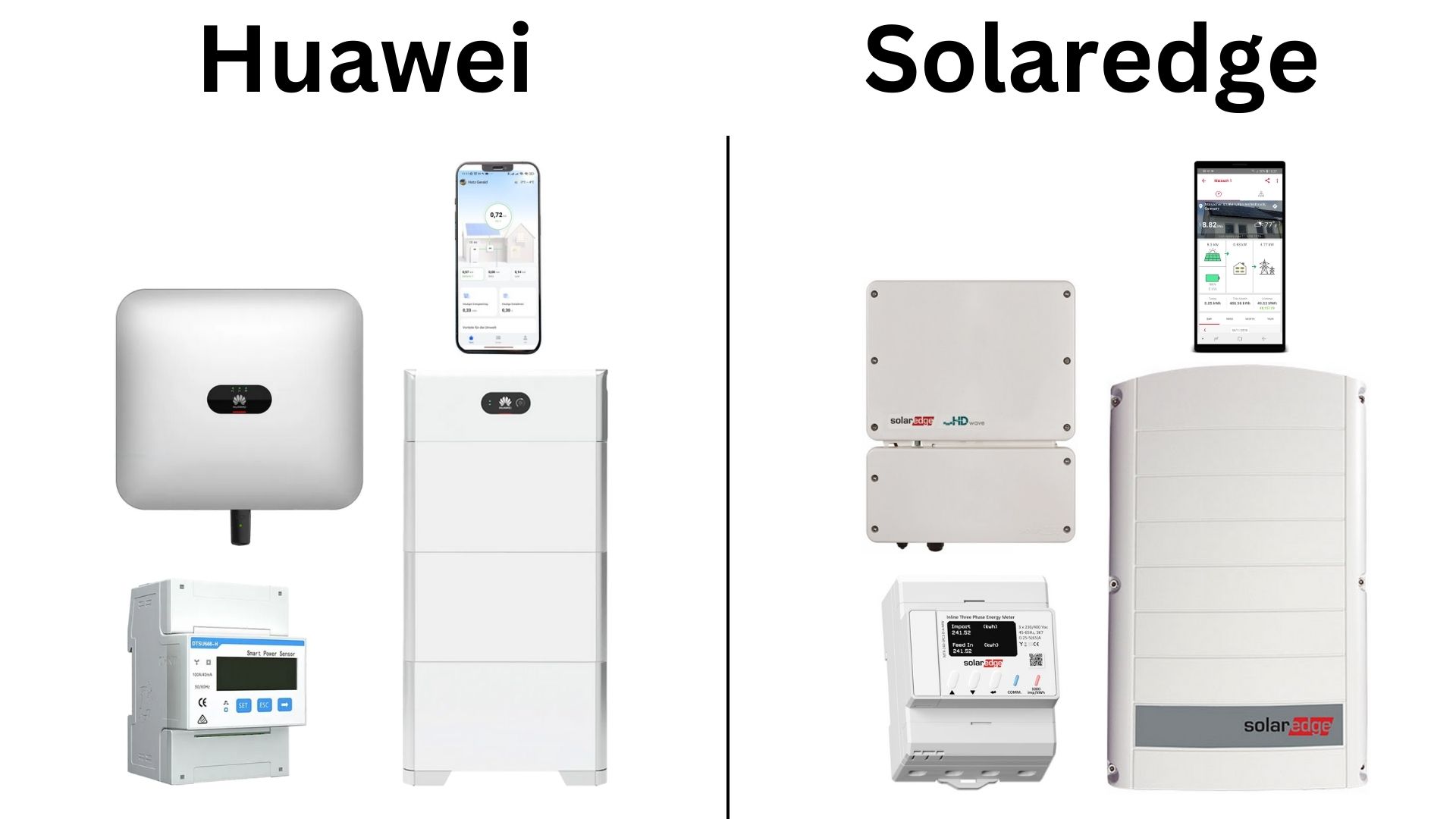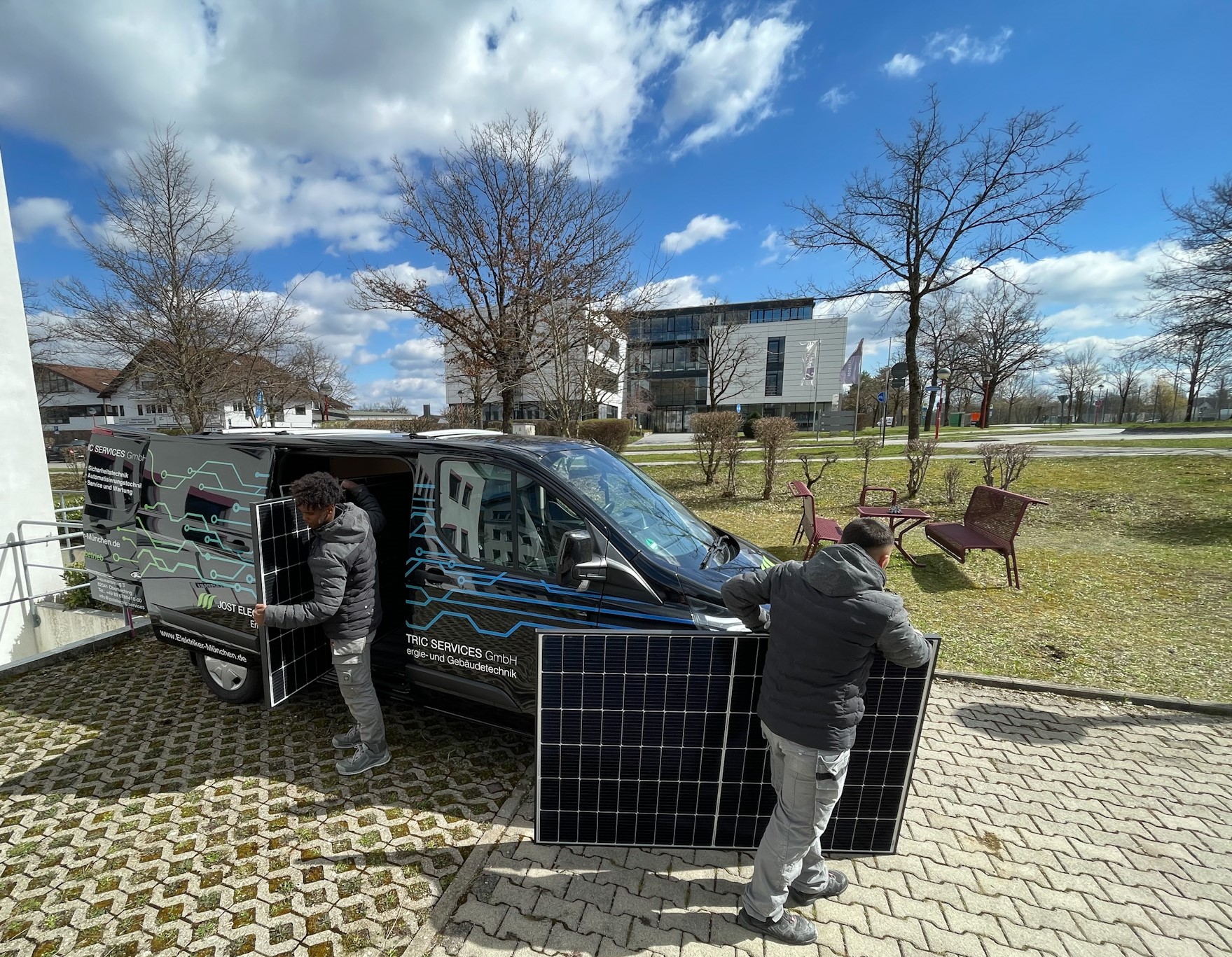Use fusion energy right now
For decades, there has been talk of fusion energy and how it will solve all our problems. Unfortunately, despite recent advances in this area of research, this solution still seems to be decades in the future.
However, a fusion reactor is not necessary to use fusion energy already now. We have about 1000 kWh of fusion energy per square meter available to us here in Germany. How is that, you ask? Quite simply, our sun generates vast amounts of energy through its nuclear fusion processes, which we can use in the form of solar radiation.
We have a wide variety of technologies available to us for this purpose, probably the best known being the solar cells found in photovoltaic panels. This technology, also widely referred to as just photovoltaics, in combination with other technologies, offers the best chance of drastically reducing global CO² emissions.
The YouTube video „Can we still stop climate change?“ from the channel Kurzgesagt inspired us to focus more on the topic of photovoltaics. We would like to make our contribution to CO² reduction.
What does a photovoltaic system consist of?
The schematic structure of a photovoltaic system or solar system is simple. Each system consists of a roof structure on which the photovoltaic modules are mounted, which are then connected to an inverter. Optionally, a battery storage and a smart energy sensor can be installed to keep the self-consumption percentage as high as possible.

What does "self-consumption share" mean?
There is a simple definition behind this typical German word: The self-consumption rate is the proportion of electricity generated by the photovoltaic system that is consumed in one’s own household.
Anything that is not consumed is fed into the public grid, thus reducing the share of self-consumption.
Why should the self-consumption percentage be high?
Currently, it is hardly worthwhile to feed self-generated electricity into the grid. The remuneration is relatively low and the electricity purchase price on the market is high. With every kilowatt hour that you sell cheaply and every kilowatt hour that you buy expensively, you are in principle making losses. However, if you use all of the electricity you generate yourself, you reduce the amount you have to buy.
The problem is that most of the electricity generated by a photovoltaic system is used during the day, but is used in the evening. This is simply because most people work during the day and are not at home, and in the evening after work most of the electricity is used in the household, for example for cooking, washing or simply for entertainment devices such as televisions and computers.
How to increase the share of self-consumption
The easiest way to increase the self-consumption share is to install a battery storage. This stores the energy generated during the day and not self-consumed and makes it available again in the evening without feeding into the public grid or drawing electricity from the public grid.
Furthermore, a Smart Energy Sensor can optimize the self-consumption. This measures the current consumption and controls various consumers so that they are only active, for example, when more electricity is generated than is needed.
As an example, you can take a wallbox that is to charge an e-car, preferably only with solar power. The Smart Energy Sensor is instructed in the app that the e-car should be full by a certain time. Together with the wallbox or the e-car, the Smart Energy Sensor calculates how long the charging process would take and knows when it should draw power from the public grid at the latest in order to have the car fully charged at the desired time. Until that time, the smart meter tries to charge the car using only solar power.
This is not only extremely cost-efficient charging, but also the cleanest way to operate a car, a better CO² balance can hardly be achieved.

Which manufacturer should I use?
There are many manufacturers on the market, and many have their advantages and disadvantages. We at Jost Electric Services have specialized in two manufacturers and listed their advantages and disadvantages for you here:
Advantages
- Complete system with inverter, smart meter, battery storage and wallbox
- Easy-to-use app with user-friendly interface and visualization
- Elegant and sleek product design, especially for the battery storage system
- Most advanced technology thanks to built-in AI in the inverter
- Highest safety due to lithium iron phosphate batteries and AI-supported monitoring
- German support hotline (Tel.: 00800338888)
Disadvantages
- Not a European manufacturer
- Relatively new on the market
- App not available in Google App Store (Only as apk-download)
Advantages
- Complete system with inverter, smart meter, battery storage and wall box
- App with many functions and a good rating (4.3 stars in the Google Play Store: as of 03/2023)
- development location in Europe
- Working in the industry since 2006
- Widespread, therefore also many certified specialist partners
Disadvantages
- Bulky design, visually not elegant
- More expensive than Huawei (costs up to 56% more on average)
- Personal support only after registering as a system owner
We personally like both manufacturers and like to install both. Which one you take depends primarily on your personal preferences. But with these two manufacturers you are well advised. Here you can expect quality, functionality and long-term availability of spare parts and product and app updates.
Here you will find the websites of the manufacturers:

What will a solar system cost me in 2023?
This question is given by many with a vague estimate, there you can also find a lot of information, mostly in the range of €15,000 to €30,000. However, the price of a system is as individual as the system itself. Many factors play a role here, including how many modules are desired, whether design plays a role, whether you want a system with or without storage, but also how accessible the roof areas are or whether any adjustments still need to be made to the roof, such as moving a satellite system.
The offer for a PV system is not created within a few minutes, even if some providers suggest this in order to attract customers. And even if an offer is made to you without an expert advisor being there, you should be careful. However, we have written our own article on this topic “ How do I recognize rip-off PV providers?“ „
It is best to ask an electrician who was already on the market before the „PV hype“ and is a TÜV-certified PV consultant. A corresponding certificate looks like this: TÜV certificate from JES
Jost Electric Services is TÜV-certified and is available to you with two master craftsmen in electrical engineering, who have each completed the basic photovoltaic training course and the photovoltaic consultant training course once. We will be happy to plan and make you an offer for your photovoltaic system, individually and supervised by master craftsmen.

Zweispaltiger Textfluss Beispiel
Praesent eu consectetur in sem ullamcorper vestibulum inceptos ornare fames praesent a donec ultricies bibendum at enim gravida ullamcorper a faucibus vehicula in facilisis. Id egestas senectus elementum parturient euismod vestibulum neque magnis fusce cubilia orci amet amet suspendisse parturient ante parturient.
Parturient quis consectetur tempor purus amet mollis scelerisque posuere molestie diam etiam ullamcorper imperdiet malesuada potenti nam phasellus adipiscing id rutrum a quisque in class facilisi porttitor leo. Parturient euismod hac natoque id bibendum blandit natoque mus sem per risus.
Praesent eu consectetur in sem ullamcorper vestibulum inceptos ornare fames praesent a donec ultricies bibendum at enim gravida ullamcorper a faucibus vehicula in facilisis. Id egestas senectus elementum parturient euismod vestibulum neque magnis fusce cubilia orci amet amet suspendisse parturient ante parturient.
Parturient quis consectetur tempor purus amet mollis scelerisque posuere molestie diam etiam ullamcorper imperdiet malesuada potenti nam phasellus adipiscing id rutrum a quisque in class facilisi porttitor leo. Parturient euismod hac natoque id bibendum blandit natoque mus sem per risus.
